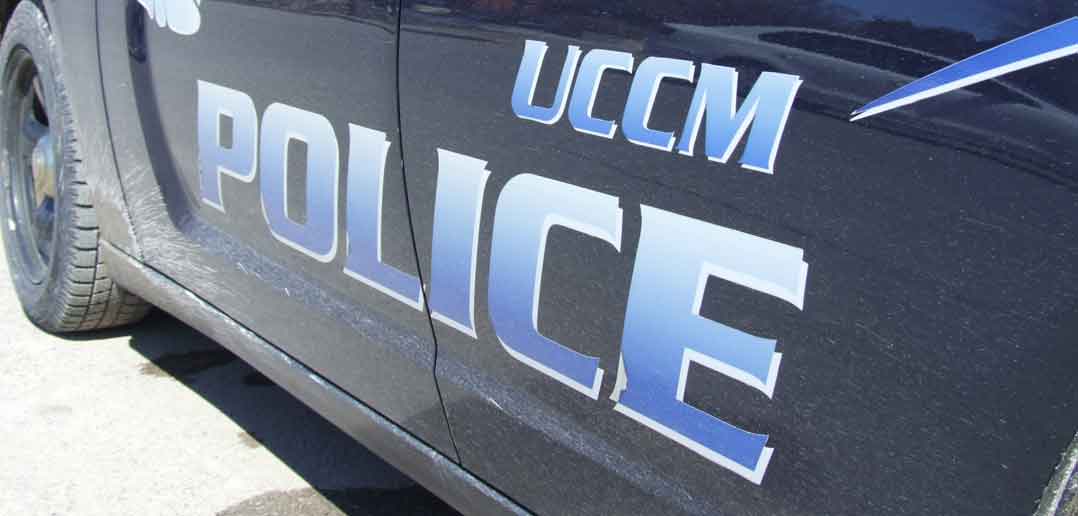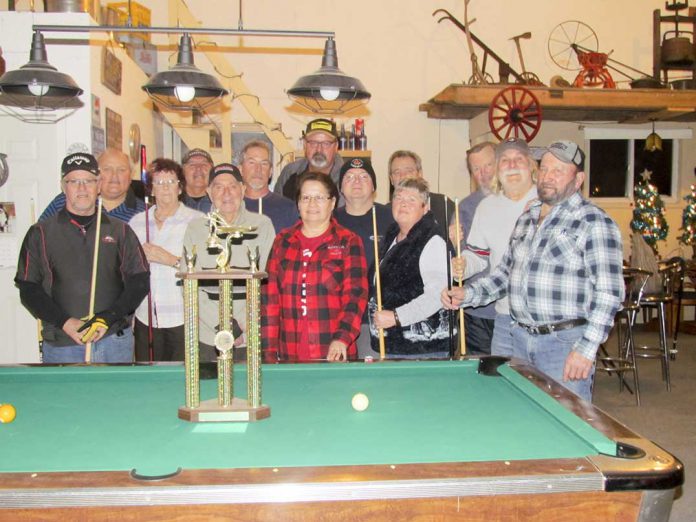M’CHIGEENG—A long and too often troubled history lies between members of law enforcement agencies and Anishinaabe communities, with the result that even Indigenous police officers have inherited a gulf of mistrust between them and the communities they seek to serve. Enter Daughness Migwans, the (UCCM) United Chiefs and Councils of Manitoulin Anishnaabe Police Service’s social navigator.
Ms. Migwans is a civilian member of the police who has a multiple range of activities that fall within her mandate, but all of those activities relate to the building of bridges and reinforcement of trust between the UCCM Police and members of the UCCM communities.
The social navigator approaches her role with a focus on creating better understanding between the community and the police through education, awareness and a better understanding of the issues that community members are facing. “We also work through positive community partnerships,” noted Ms. Migwans. The position of social navigator centres on the concept of Maamwi Naadamadaa, that is, ‘Let’s Work Together,’ she explains. “It is a multisectoral collaboration.”
The social navigator works with at risk individuals in the communities (as well as repeat offenders) in the United Chiefs and Councils of Mnidoo Mnising (UCCMM) service area, providing support to the individuals in order to reduce their dependence on the judicial and hospital systems by navigating them to the appropriate community organizations through the Maamwi Naadamadaa Community Mobilization HUB Model in order to access assistance to improve their overall health, safety and quality of life.
“Maamwi Naadamadaa is supported by all the service organizations within the UCCMM area; the UCCMM Tribal Council, Kenjgwein Teg Educational Institute, the UCCM Anishnaabe Police, the UCCMM Justice Department, Kina Gbezhgomi Child and Family Services, the Ojibwe Cultural Foundation, Noojmowin Teg Health Services, Mnaamodzawin Health Services and M’Chigeeng Health Services,” noted Ms. Migwans.
In practice, the concept often means having the individual police officers identify at risk individuals they have interacted with in the community, perhaps those living in homes that the police find themselves interacting with often.
Sometimes a young person is struggling in an unsafe situation and needs a shelter from that storm. “An officer may say ‘we see this kid a lot; we take him/her home and the parents are not there’,” she said. Instead of a strictly institutional response, the officers may find a place where they can feel safe.” By bringing all of the service organizations to the table, a sustainable solution is far more likely to be found.
The social navigator role is not easily defined as it spans a wide range of options, but one of the key elements is being proactive in the community—seeking to circumvent problems before they develop into a situation where the individual becomes sucked into the justice system and/or a mental health crisis.
Those responses might include things like connecting someone with a post-secondary counsellor, finding training and employment opportunities, or bringing someone together with Kina Gbezhgomi Child and Family Services to assist families in safety awareness before an issue arises. Making connections is what it is all about. Then there is strategic community planning, drug strategies and bringing in speakers to address community issues.
“It’s a very versatile position,” said Ms. Migwans of being a social navigator, who often finds herself conducting outreach to community members who may not yet be ready to reach out themselves.
One of the current projects she is working on is implementing a vulnerable persons registry that will help with keeping those in the UCCMM communities, who may be suffering with various mental health issues such as Alzheimer’s or other dementias, to stay safe. “Part of this is expanding the definition of who is vulnerable, such as mental illness,” said Ms. Migwans. “That way the person can be approached in a good way. Some people might have developmental disabilities that are not readily apparent,” she noted. Rather than making the assumption that an individual is intoxicated, the officer can be apprised that behaviours may be symptoms of an injury, such as an acquired brain injury, or some other physical impairment.
On a proactive policing side of things there is also an ongoing aboriginal gang reduction strategy that is seeking to “get in front of things.” The impact of human trafficking and the exploitation of women is a central part of the Missing and Murdered Indigenous Women and Girls issue. Ms. Migwans is currently undergoing training to that end.
“This training has really been an eye-opener,” she said.
A very important part of dealing with the issues that assail many communities is reengaging community members with their aboriginal identity. “The importance of identity is very strong,” said Ms. Migwans. “So it is important for our officers to have a strong understanding of who we are and where we are coming from.”





